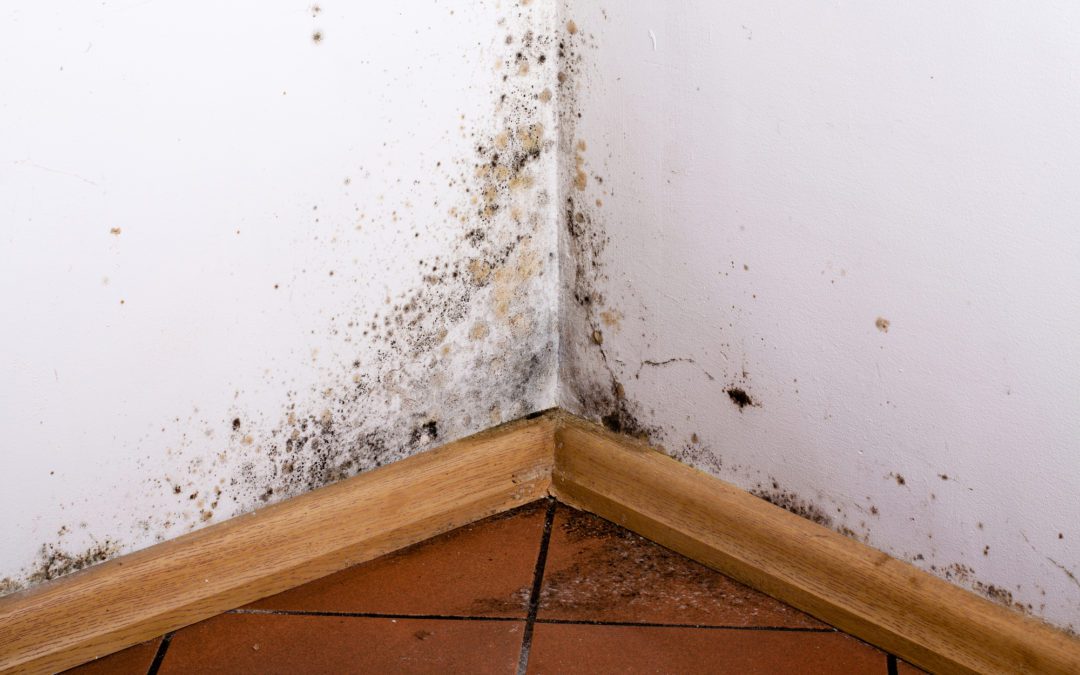Using Lime Render in Damp Proofing
If you’re looking for an alternative to traditional damp-proof membranes, lime render may be the answer. Whilst it has been used for many years, lime render is becoming more popular as a way of providing protection against water penetration and damp problems in buildings.
Persistent Damp Problems
Many homes can suffer from persistent damp problems. This can cause a whole host of issues for the homeowner and occupants. In addition to the potential damage to your home, there are also the health implications of living in a damp environment. Living with high levels of moisture and mould has been linked to respiratory problems such as asthma, as well as skin conditions such as eczema.
To combat these issues, it is usually best practice to carry out some form of damp proofing on your property. Ideally, before you move in or even renovate your home if necessary. This will help minimise any future problems caused by damp so that you don’t have to deal with them later down the line.
Damp can cause numerous problems within your home. It can lead to health issues, structural damage and mould growth. There are a number of signs that you have damp in your property:
- A musty smell in certain rooms of the house
- Wallpaper peeling away from walls
- Water stains on ceilings or walls
Why Not Consider Using Lime Render As An Alternative Membrane?
If you have a damp problem, lime render is a cheaper and more environmentally friendly way of solving it. Lime render can be applied directly onto your existing wall structure, without the need to install a waterproof membrane first. It’s also easier to install than many other damp-proofing methods, which means that you won’t need to spend extra money on building materials or labour costs.
Lime render is suitable for use on most types of masonry walls including brickwork, stone and concrete blockwork. All of which are suitable for being rendered with lime.
Lime Render Is Permeable and Lightweight
Lime render is permeable, so water can pass through it. It’s lightweight and breathable, making it an ideal choice for exterior building applications such as damp proofing. Lime render is a natural material that’s non-toxic and made from lime, sand and water. It’s sustainable too, with the ability to be recycled if necessary.
Lime renders don’t trap moisture or water within the structure and they don’t go brittle when they dry out. They simply hold the water until dry weather occurs, once this happens the water evaporates and is removed from the home.
When lime render dries out, because it doesn’t go brittle, it becomes even more flexible than before. This means that your masonry won’t crack as there is movement around the house, even after years of exposure to fluctuating temperatures (and potential damage). Lime renders are also designed to be porous; this allows water to flow through them instead of being blocked by an impermeable surface.
- Lime renders are lightweight, highly breathable and a great choice for your building.
- Lime render is also very easy to work with, which means there’s less chance you’ll have any problems during installation or repair work later down the line.
- Lime render is a porous material that allows moisture to pass through it.
Conclusion
We hope this article has helped you understand why lime render is a good option for damp proofing. You should now be able to decide whether or not it’s right for your home and if so, how much work it will take. If you’re considering using lime renders as part of your damp proofing project, we would be happy to help!

